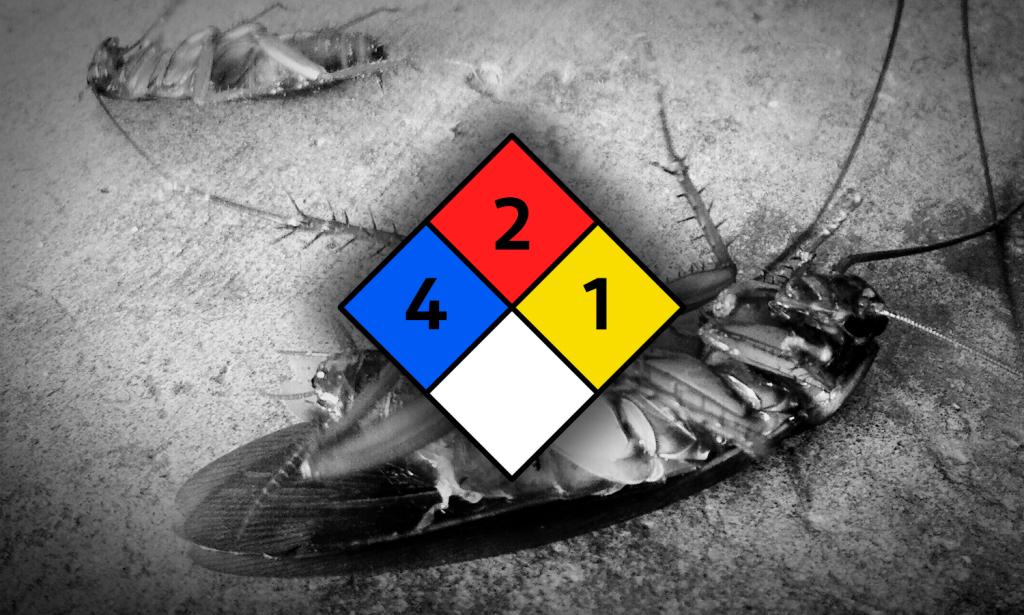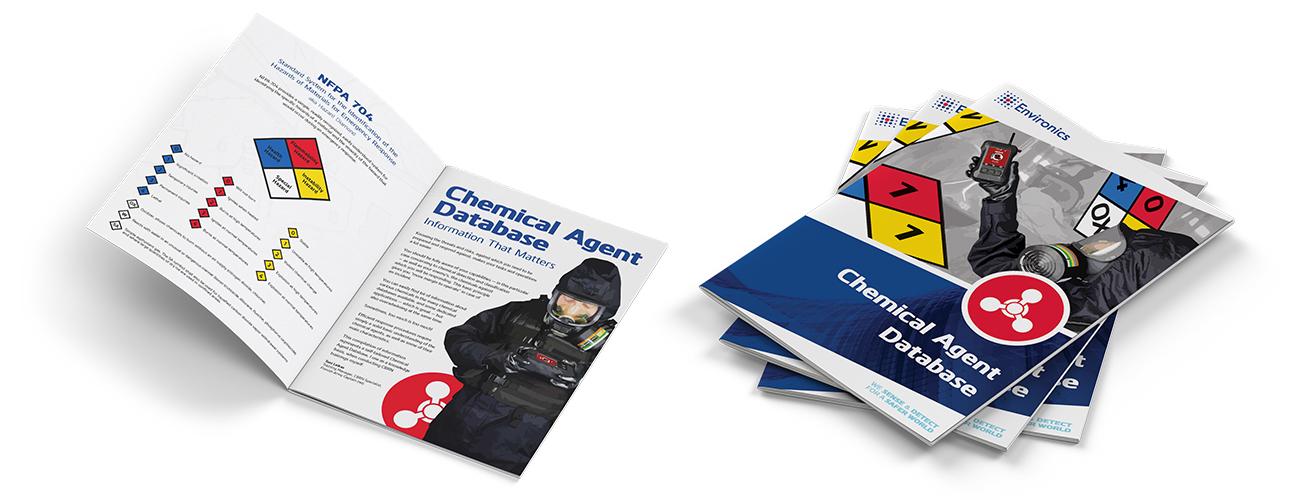Kill Bugs Not People

Historical Background
Tabun was the first nerve gas classified as toxic poison, and it was discovered accidentally by the German chemist Gerhard Schrader, in January 1936, while developing new organophorous based insecticides, to fight against world famine.
Gerhard Schrader discovered that this new toxic chemical formula interrupted not only insects’ nervous systems, but unfortunately also those of other living objects. He discovered a new chemical warfare agent – “Trilon 83” – later known as G-series nerve agent Tabun. During the World War II, the Germans manufactured approximately 12 000 tons of Tabun, in a specially built production plant located in Dyherfurt. The Soviet army seized the factory and shipped it to Russia.
Because Tabun is easy to produce and process, it is widely known and understood it has been used, even though it is banned by OPCW convention.
During Iraq-Iran war in 1980-88, Iraq used Tabun against Iran forces. Iran also used Tabun – among other chemical warfare agents – against Kurdish population in Halabja, in 1988.
Commercial use
Tabun has no use for peaceful purposes in commercial or industrial trades. Tabun precursor chemicals phosphorous oxychloride, phosphorous trichloride, and dimethylamine, are used in organic synthesis, plasticizers, gasoline additives, hydraulic fluids, insecticides, dopant for semiconductors grade silicon, flame retardants, pharmaceuticals, detergents, pesticides, vulcanisation of rubber, and in missile fuels.
Symptomatology
Tabun is classified as a nerve agent in military classification, according to its effects on humans.
Tabun is a stable and colourless to brownish liquid (depending on the purity level) in normal ambient temperature. This G-series nerve gas has faintly fruity or bitter almond odour, but it’s odourless when it’s pure. Tabun has low vapour pressure, so it is a low volatile SVOC (Semi-volatile Organic Compound) and non-persistent chemical warfare agent. Persistence will depend upon the amount and purity of the agent, method of release, environmental conditions, and the types of surfaces and materials impacted. Tabun is expected to degrade in the environment fairly rapidly, however liquid Tabun on surfaces generally persists for hours to days.
Response
Leave the area and evacuate the exposed people into fresh air, keeping in mind that being heavier than air, Tabun will settle in low-lying areas, staying for a relatively long time.
For first responders, the protection level in an unknown situation, is the highest level.
In a small spill or leak (less than 200 litres) the initial isolation distance in all directions is 30 meters and the protection distance during day or night is 200 metres.
In a large spill/leak (more than 200 litres) the isolation area is 100 metres in all directions, and the protection distance during day is 500 metres, changing to 600 metres during night.
The following indicators are common to chemical attacks or presents of CWAs: dead animals, lack of insect life, mass casualties, define pattern of casualties, casualty patterns differentiated by indoor and outdoor location, unusual liquid droplets, areas that look different in appearance, unexpected odours, low lying clouds, and unusual metal debris.
All indications — smells, people’s symptoms — are clues to be taken into account with detection equipment, providing data to classify and identify the chemical, and to start response actions and first aid measures.
Did you know that… nerve agents work by blocking impulses between nerve cells or across synapses? They act primarily via absorption through the skin and lungs and are divided into two main groups, to their military designation: g-series agents and v-series agents.
Would you like to know more?

Get your own issue of the “Chemical Agent Database – Information
That Matters” and gain access to extra content!

I do agree with all the ideas you have presented in your post. They’re really convincing and will definitely work. Still, the posts are very short for beginners. Could you please extend them a bit from next time? Thanks for the post.
Thank You very much of your feedback and comments. I will consider your ideas to extend the content in future articles. This CWA-blog series, which one section is Tabun, is created to share basic information of deathly chemicals and how to response against them. These “wrapped info” is like short pocket guide for the first responders.
Training Manager Toni Leikas